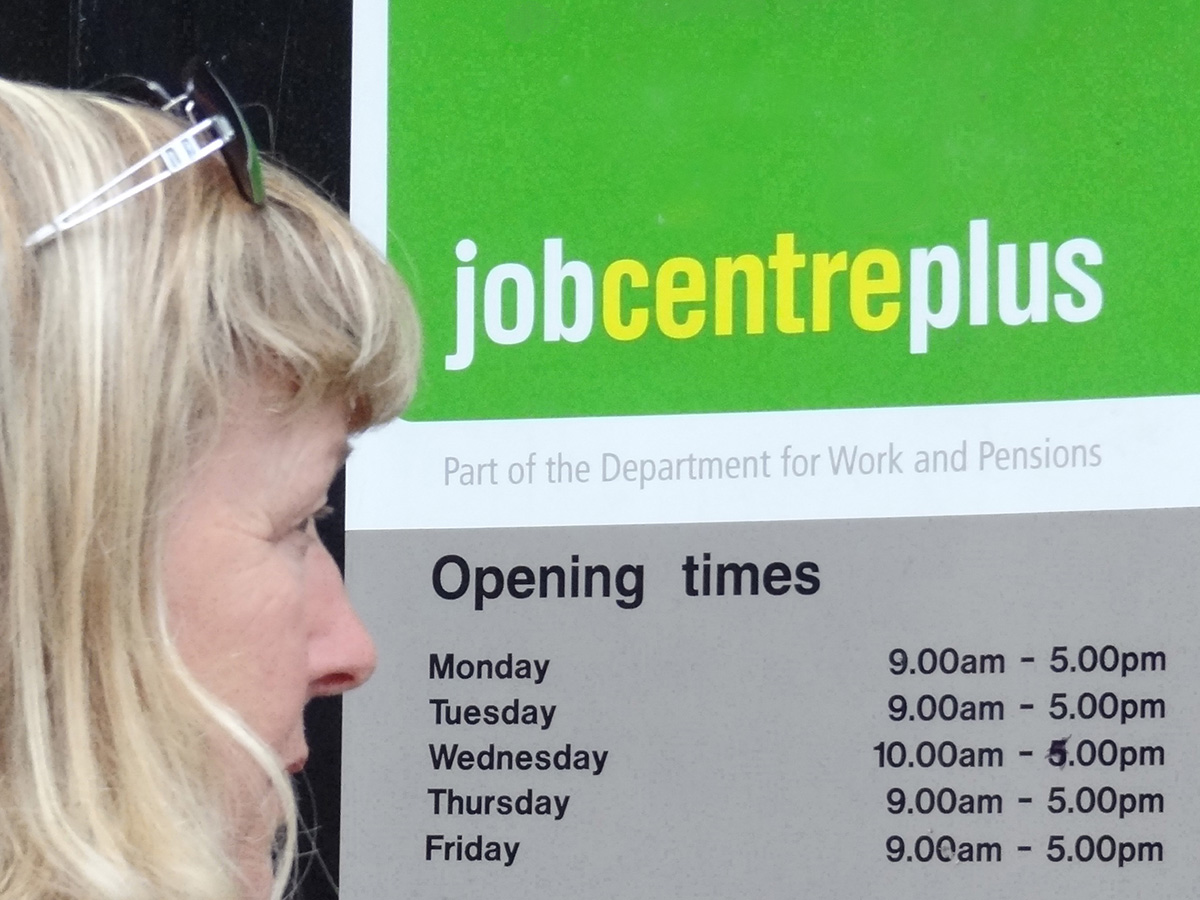The new UK Job Support Scheme: how much will it slow the rise in unemployment?
 In March 2020, the UK government introduced a Coronavirus Job Retention Scheme. Businesses that had to close or cut back could put staff on furlough and the scheme would allow employers to claim 80% of workers’ wages up to £2500 per month. This would be passed on to workers.
In March 2020, the UK government introduced a Coronavirus Job Retention Scheme. Businesses that had to close or cut back could put staff on furlough and the scheme would allow employers to claim 80% of workers’ wages up to £2500 per month. This would be passed on to workers.
There was large-scale uptake of the scheme. By the end of August, 9.6 million employees were on furlough (28% of the workforce) from around 1.2 million employers (61% of eligible employers). The scheme significantly stemmed the rise in unemployment. The claimant count rose 121% from March to August from 1.24 million to 2.74 million, far less than it would have done without the furlough scheme.
Since 1 August the level of support has been reduced in stages and is due to end on 31 October. It will then be replaced by a new ‘Job Support Scheme (JSS)‘ running from 1 November 2020 to 30 April 2021. Initially, employees must work at least 33% of their usual hours. For hours not worked, the government and the employer will pay a third each. There would be no pay for the final third. This means that an employee would receive at least 77.7% (33% + (2/3)67%) of their full pay – not far short of the 80% under the furlough scheme.
Effects on unemployment
 Will the scheme see a substantial rise in unemployment, or will it be enough to support a gradual recovery in the economy as more businesses are able to reopen or take on more staff?
Will the scheme see a substantial rise in unemployment, or will it be enough to support a gradual recovery in the economy as more businesses are able to reopen or take on more staff?
On first sight, it might seem that the scheme will give only slightly less job protection than the job furlough scheme with employees receiving only a little less than before. But, unlike the previous scheme, employers will have to pay not only for work done, but also an additional one-third for work not done. This is likely to encourage employers to lay off part of their staff and employ the remainder for more than one-third of their usual hours. Other firms may simply not engage with the scheme.
What is more, the furlough scheme paid wages for those previously employed by firms that were now closed. Under the new scheme, employees of firms that are forced to stay closed, such as many in the entertainments industry, will receive nothing. They will lose their jobs (at least until such firms are able to reopen) and will thus probably have to look for a new job. The scheme does not support them.
The government acknowledges that some people will lose their jobs but argues that it should not support jobs that are no longer viable. The question here is whether some jobs will eventually become viable again when the Covid restrictions are lifted.
With Covid cases on the rise again and more restrictions being imposed, especially at a local level, it seems inevitable that unemployment will continue to rise for some time with the ending of the furlough scheme and as the demand for labour remains subdued. The ending of the new scheme in April could compound the problem. Even when unemployment does begin to fall, it may take many months to return to pre-pandemic levels.
Update: expansion of the scheme
On 9 October, with Covid-19 cases rising rapidly in some parts of the country and tighter restrictions being imposed, the government announced that it was extending the scheme. From 1 November, employees of firms in certain parts of the country that would be required to close by the government, such as bars and restaurants, would be paid two-thirds of their previous wages by the government.
Critics of this extension to the scheme argue many firms will still be forced to shut because of lack of demand, even though they are not legally being required close. Employees of such firms will receive nothing from the scheme and will be forced onto Universal Credit. Also, the scheme will mean that many of the workers who do receive the money from the government will still face considerable hardship. Many will previously have been on minimum wages and thus will struggle to manage on only two-thirds of their previous wages.
Articles
- Job Support Scheme: What will I be paid after furlough?
- Chancellor unveils new Job Support Scheme and extends self-employed grant
- Sunak has bought himself time, but his big test will come as crisis eases
 The businesses that feel left behind by Sunak’s jobs support scheme
The businesses that feel left behind by Sunak’s jobs support scheme- Covid: Jobs scheme ‘won’t stop major rise in unemployment’
- How the new Job Support Scheme will work
- Covid scheme: UK government to cover 22% of worker pay for six months
- Hard winter ahead as Sunak tries to stop job losses hitting postwar record
- Job Support Scheme ‘won’t reduce job losses’
- Sunak’s new job support scheme offers warm words but no escape from the coming unemployment chill
BBC News, Eleanor Lawrie (1/10/20)
MSE News, Callum Mason (24/9/20)
IFS Newspaper article, Paul Johnson (28/9/20)
Channel 4 News, Paul McNamara (25/9/20
BBC News (25/9/20)
FT Adviser, Richard Churchill (30/9/20)
The Guardian, Phillip Inman (24/9/20)
The Guardian, Larry Elliott (24/9/20)
Personnel Today, Ashleigh Webber (25/9/20)
The Conversation, David Spencer (24/9/20)
Articles: update
 Covid-19: UK workers to get 67% of pay if firms told to shut
Covid-19: UK workers to get 67% of pay if firms told to shut- Coronavirus: UK workers to get two-thirds of wages if firms told to shut
- Coronavirus: Expansion of Job Support Scheme is pre-empting winter of local lockdowns
BBC News (9/10/20)
The Guardian, Richard Partington , Heather Stewart and Josh Halliday (9/10/20)
Sky News, Helen-Ann Smith (9/10/20)
Government information
- Job Support Scheme
- Job Support Scheme expanded to firms required to close due to Covid Restrictions
HM Treasury, Policy paper (24/9/20)
HM Treasury, News (9/10/20)
Questions
- If people on furlough were counted as unemployed, find out what would have happened to the unemployment rate between March and August 2020.
- If an employer were previously employing two people doing the same type of job and now has enough work for only one person, under the Job Support Scheme would it be in the employers’ financial interest to employ one worker full time and make the other redundant or employ both of the workers half time? Explain your arguments.
- What are the arguments for and against the government supporting jobs for more than a few months?
- What determines the mobility of labour? What policies could the government pursue to increase labour mobility?
- Find out what policies to support employment or wages have been pursued by two other countries since the start of the pandemic. Compare them with the policies of the UK government.